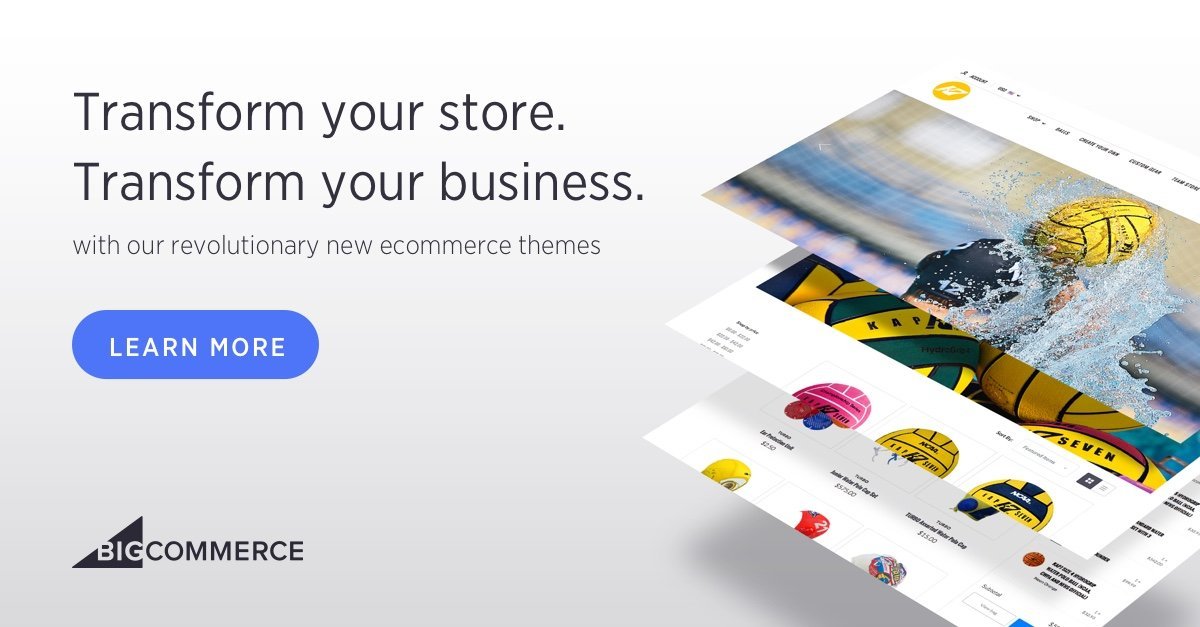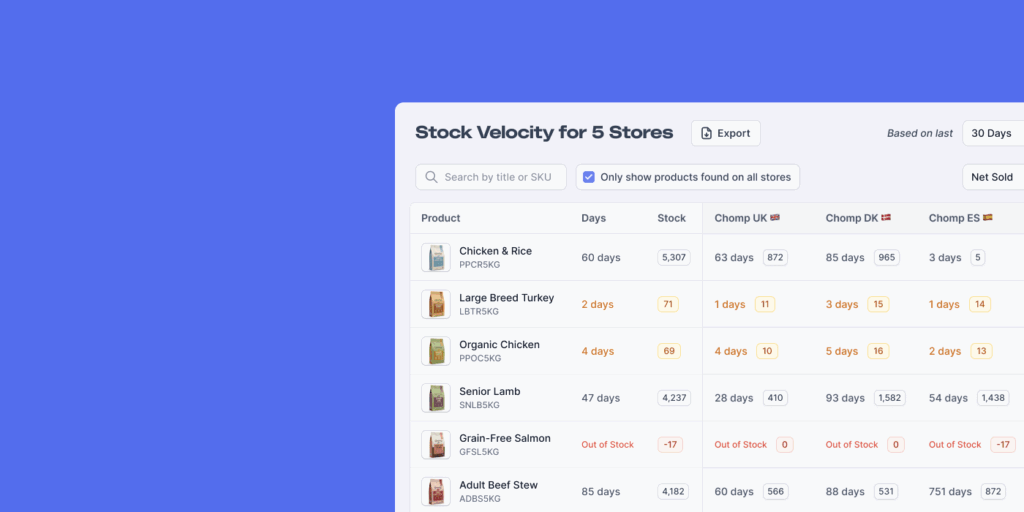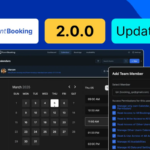Curated blog with news, events, listings, jobs and exciting stories about web design & web development.

BigCommerce vs. Shopify: What’s The Best Ecommerce Platform For You?
Are you running a successful business that you’re trying to grow? Are you looking to start an ecommerce site for your business? There are so many options out there that we know it can be a daunting process to find what’s right for you and your online store. Let us try to ease the pain by comparing two popular options – BigCommerce and Shopify.
While Shopify is probably who you’re hearing about most often, that doesn’t necessarily mean it’s the right choice. BigCommerce is no stranger to the ecommerce world by no means. Since 2009, they have been supporting thousands of B2B and B2C companies around the world.
Start Your 15-day Free BigCommerce Trial »
BigCommerce vs. Shopify
To cut a long story short: BigCommerce has the upper-hand. Now, let’s have a closer look at the details.
- Business owners are saving roughly $6,000 – $20,000 per year in app subscription costs with BigCommerce.
- BigCommerce merchants have the option to use special rates through PayPal Powered by Braintree. However, if a merchant wants to use a different payment gateway, there are no additional transaction fees.
- Shopify’s credit card processing rates depend on using their native payment gateway (Shopify Payments). You will also incur additional transaction fees if you choose to use a different provider. Transaction fee ranges from 2% (on Shopify Basic) to 0.5% (on Shopify Advanced).
- Best-in-class SEO features include customizable URL links to improve search ranks. Also, you can set the default URL structure for products and categories on the store level, but still modify individual products and categories.
- Shopify and BigCommerce both have responsive themes and include a content delivery network (CDN) to help deliver photos and other files based on the location of your visitors. BigCommerce merchants, however, also have Akamai Image Manager automatically enabled on all Stencil themes. This feature automatically resizes images to the best combination in terms of size, quality and file format.
- BigCommerce has better support for product options and variants. Its merchants don’t have to worry about paying for another app or creating multiple products to deal with product limitations. With support for up to 600 variants (i.e. an option or combination of options tied to a SKU), BigCommerce customers have a wide range of ways to showcase products, including support for drop down menus, radio buttons, checkbox options, swatch options, text/number fields, date fields, file uploads, and product pick lists (for upselling another product). Shopify supports up to three drop-down menu options with a hard cap of 100 possible combinations/variants.
- BigCommerce supports more than 70 discount types out of the box. These native coupon and cart-level discounts
empower merchants to test and create promotions that drive revenue. Shopify still lacks cart level discounts and merchants have to rely on third-party apps or upgrade to Shopify Plus for a wide range of discount functionalities native to BigCommerce.
Check out even more details on BigCommerce vs Shopify to find out which one suits you best.
BigCommerce can be tested free for 15 days. Later if you want to sign up to a paid Plus or Pro plan you can save 10% when paying annually.
Start Your 15-day Free BigCommerce Trial »
Note: This post has been submitted by BigCommerce. Its content has not been reviewed by us in detail.
Biff Codes - The Job Board for WordPress Devs
Biff.codes is on a mission to revolutionize job boards. Post and find WordPress developer jobs for free.
FTC Disclosure: We may receive a payment in connection with purchases of products or services featured in this post.







Add your first comment to this post